The window at The Elk on Mott street had a special allure from March 15-22. Curious onlookers trickled into the space to admire Paula Walkers-Parker’s works of art. On the final night of the exhibition, the coffee shop’s spacious living room filled with familiar faces and strangers to the artist alike to marvel at the motion of Walters-Parker’s live painting, bearing witness to natural pigments and earthly materials in action. For Walters-Parker, her exhibition at The Elk strived to create a community sanctioned by an exploration of cultural history and identity.
Walters-Parker’s pieces of work at The Elk were displayed alongside a collection of other artist’s work, all of which were in response to a live dance performance from Jill Sigman/Thinkdance Company’s “Re-Seeding,” — a work centered on the reconnection of humanity to the natural world. Walters-Parker used these themes to better understand the interlinking between her cultural identity and the earth.

Paula Walters-Parker is a Jamaican visual artist and teacher based in Brooklyn who centers her work around the environment she lives in; using natural materials she has encountered through her childhood in Jamaica as a foundation for her practice. Walters-Parker graduated from Parsons School of Design 20 years ago, where she studied fine arts with a minor in education. Her career has weaved these focuses together; Walters-Parker employs her artistic skills to teach high school students about the ways in which art can be a tool to navigate our relationships with the world around us.

Walters-Parker grew up going to her grandmother’s coffee farm in Jamaica when she was a young girl. Her use of the Earth’s natural mediums in her art grew from this connection with coffee, and the nostalgic smells that reminded her of her family’s creativity. “The coffee is the start of all of it for me,” Walters-Parker said. “The memory of coffee is sort of in my bones in that way.” In her recent exhibition, Walters-Parker took advantage of the natural pigments of coffee production, which she first realized the potential of the medium during her childhood, painting as a young girl — she even picked The Elk to display her pieces as a fitting innuendo to her younger self on the coffee farm.
The nostalgia of her art form has trickled into her daily life as well. Walters-Parker recalled that it is routine for her to make coffee each morning, and leave her espresso to dry in order to create a thick paste. She then utilizes the paste — which she called her favorite natural medium — to paint on canvas.

Walters-Parker articulated a personification of her mediums, referring to coffee as being “forgiving” and charcoal — another medium she uses frequently — as “grounding.” The coffee’s pigment darkens and softens with the lack or addition of water, whilst compressed charcoal’s intensity is constant on the paper.
Another natural ingredient in Walters-Parker’s body of work was Sorrel, a hibiscus tea in Jamaican cuisine. Sorrel has a story of it’s own — it was spread to different regions through the Trans-African Slave Trade in 1989. When touched to paper, Sorrel is a cool purple, however when oxidized, it creates a striking red. Walters-Parker used these powerful hues in her pieces as a symbol of Jamaican diaspora’s influence on other cultures.
“Just thinking about the diversity of Jamaican culture in that way … this is my culture on paper,” Walters-Parker said of her use of Sorrel.

To mark the ending of her exhibition, Walters-Parker chose to invite the community to watch her paint. This live audience tied into her practice, as Walters-Parker strives to make viewing art and creating it more accessible. The Elk was still serving throughout her live painting, and patrons enjoyed coffee and food while she worked, the smell of coffee grounds and a working kitchen wafting in the air.
Viewers stared at Walters-Parker’s work lining The Elk’s walls in wonder, taking in each stroke and color. Pedestrians who strolled by the window often stopped for a moment outside in admiration of this process of creation. Many came inside to learn more about Walters-Parker and her process, exchanging their own stories. The crowd ranged from longtime friends, such as architect and designer Elizabeth Maletz, to tourists from Berlin who were perusing down Mott Street and drawn in to admire Walters-Parker’s work.


The exhibition ran until last Saturday, however, Walters-Parker plans to continue the themes of Jill Sigman/Thinkdance Company’s “Re-Seeding” and further her exploration of what it means to be connected to the Earth in future works. Her art is not only a site of connection for viewers and onlookers, but a method for Walters-Parker to connect with herself and where she came from.


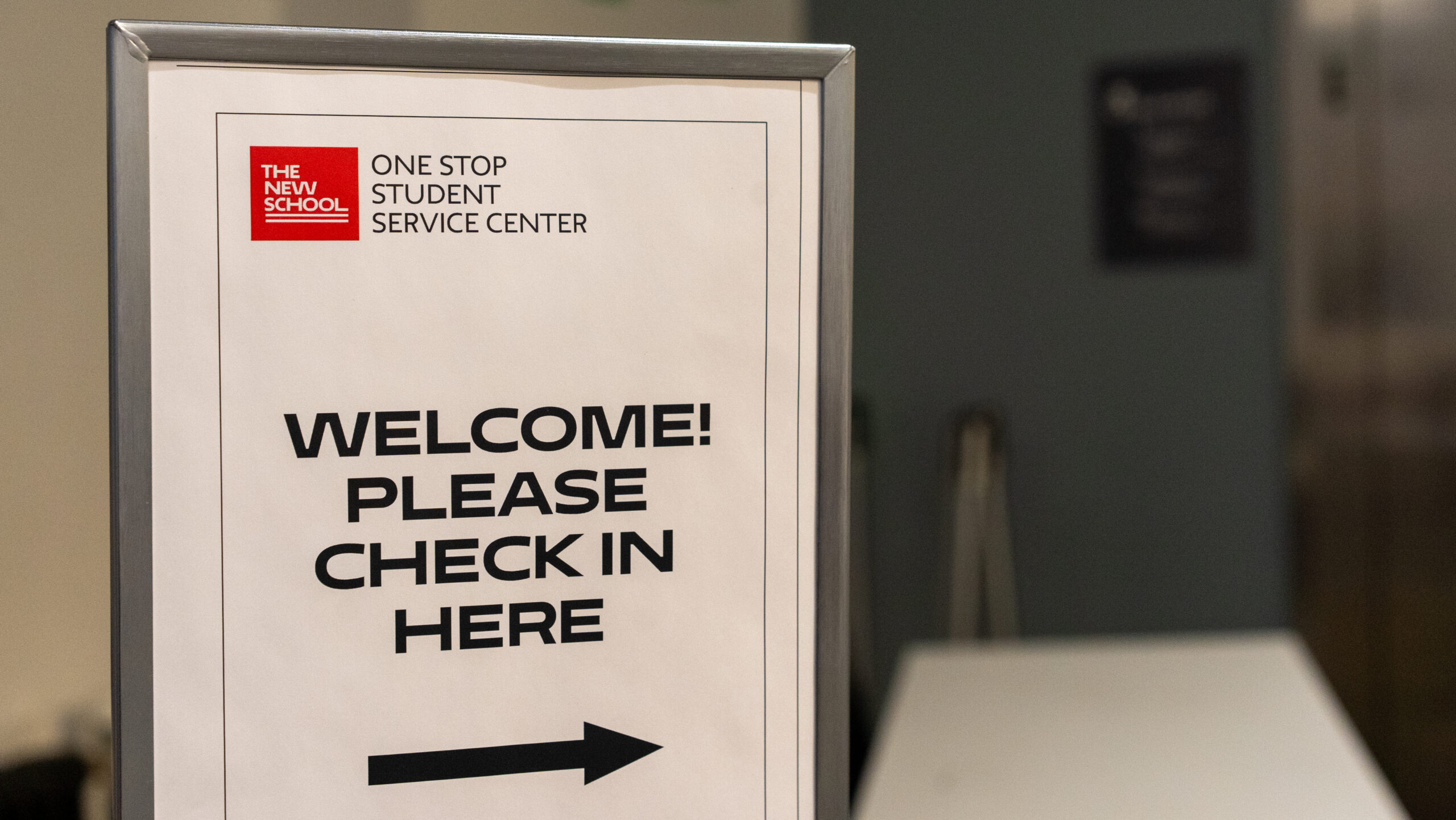
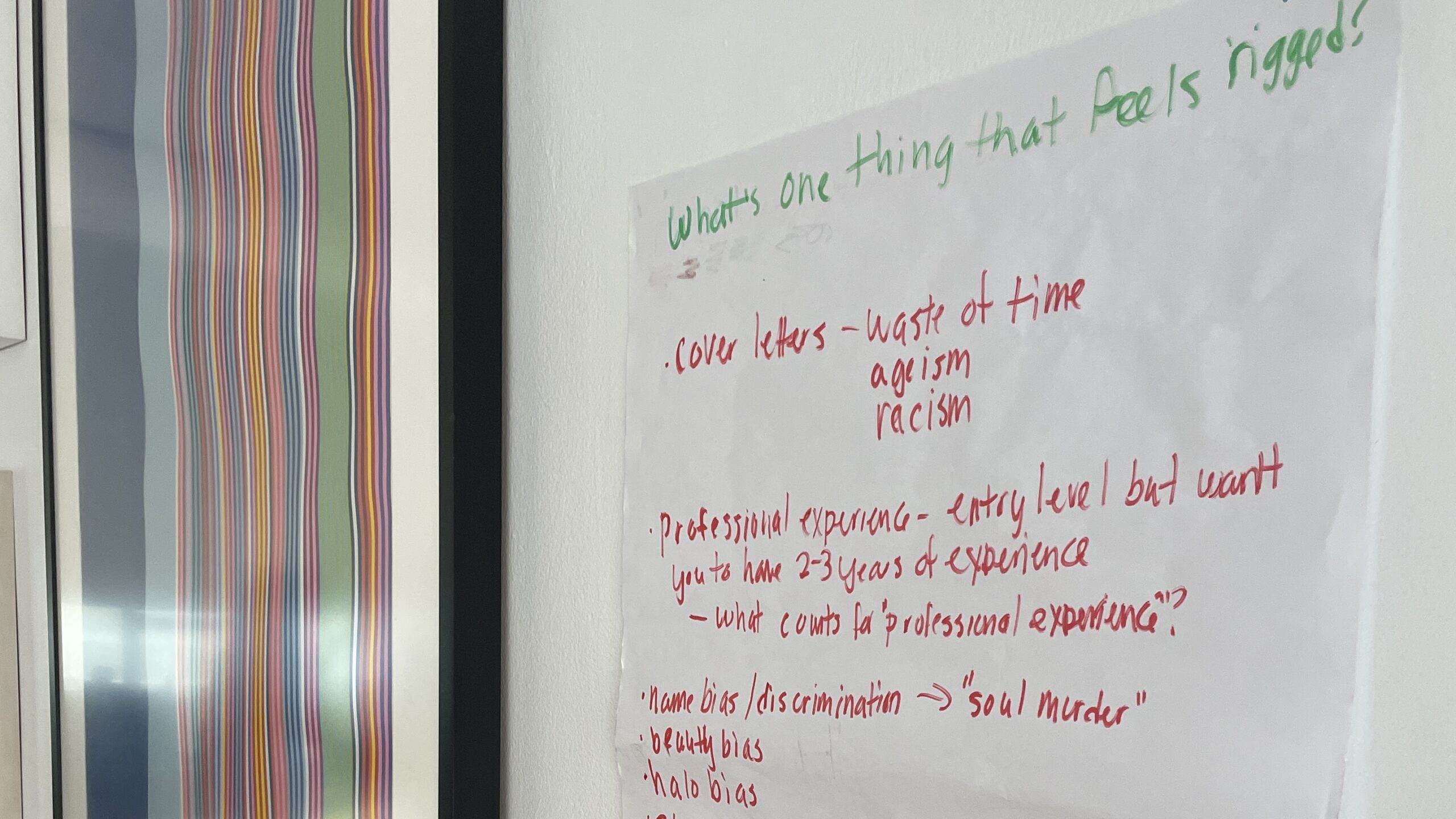
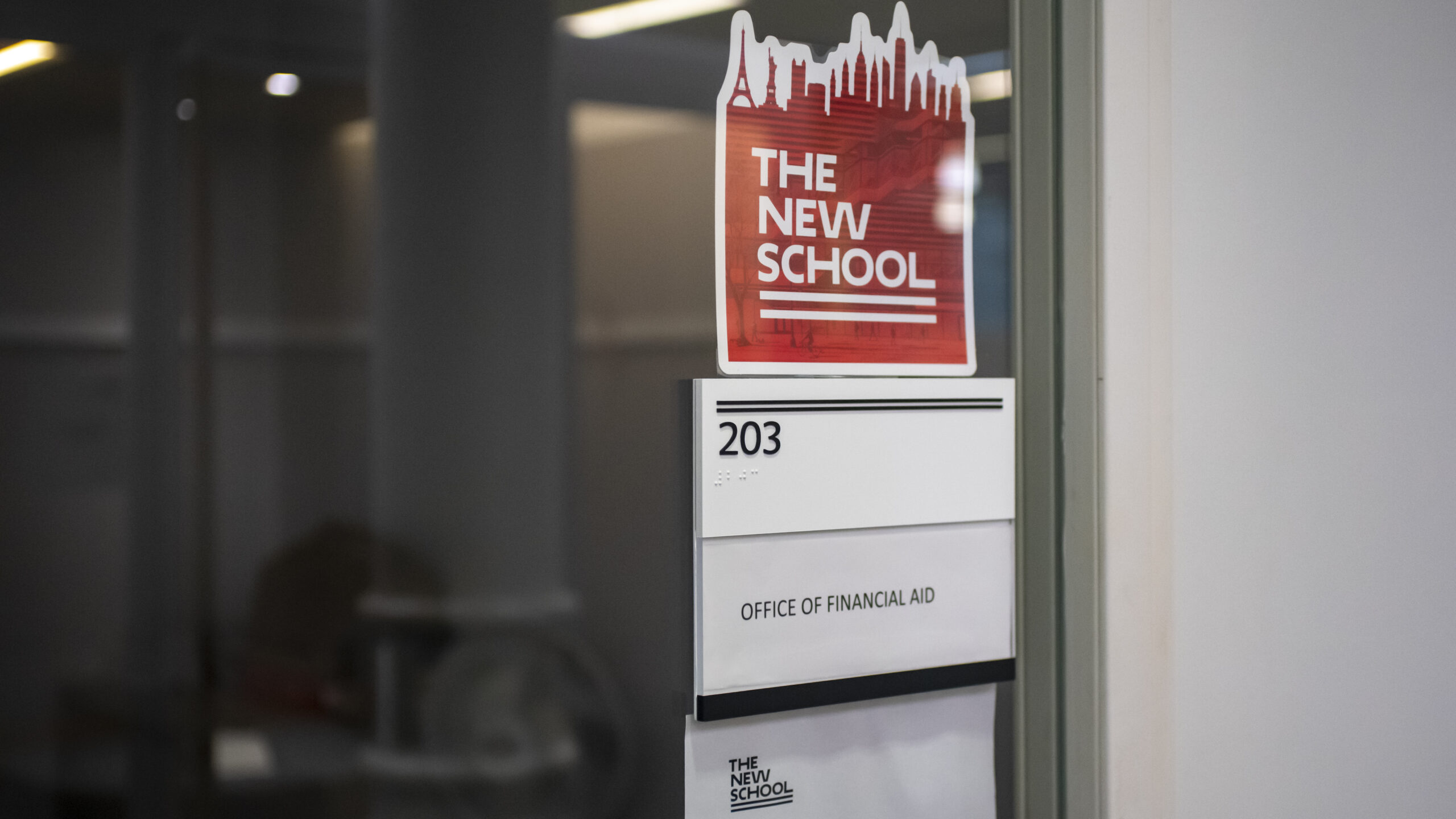
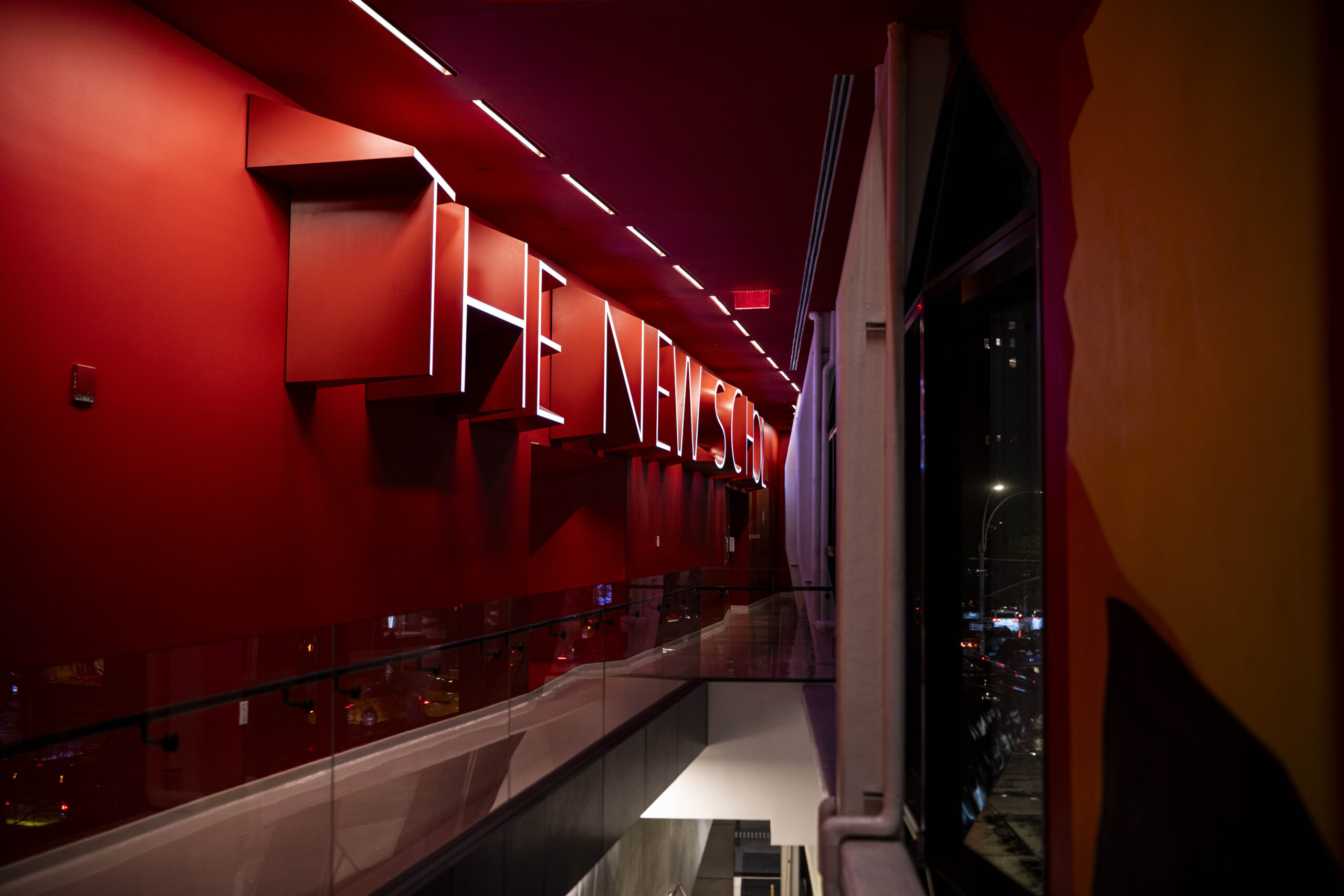
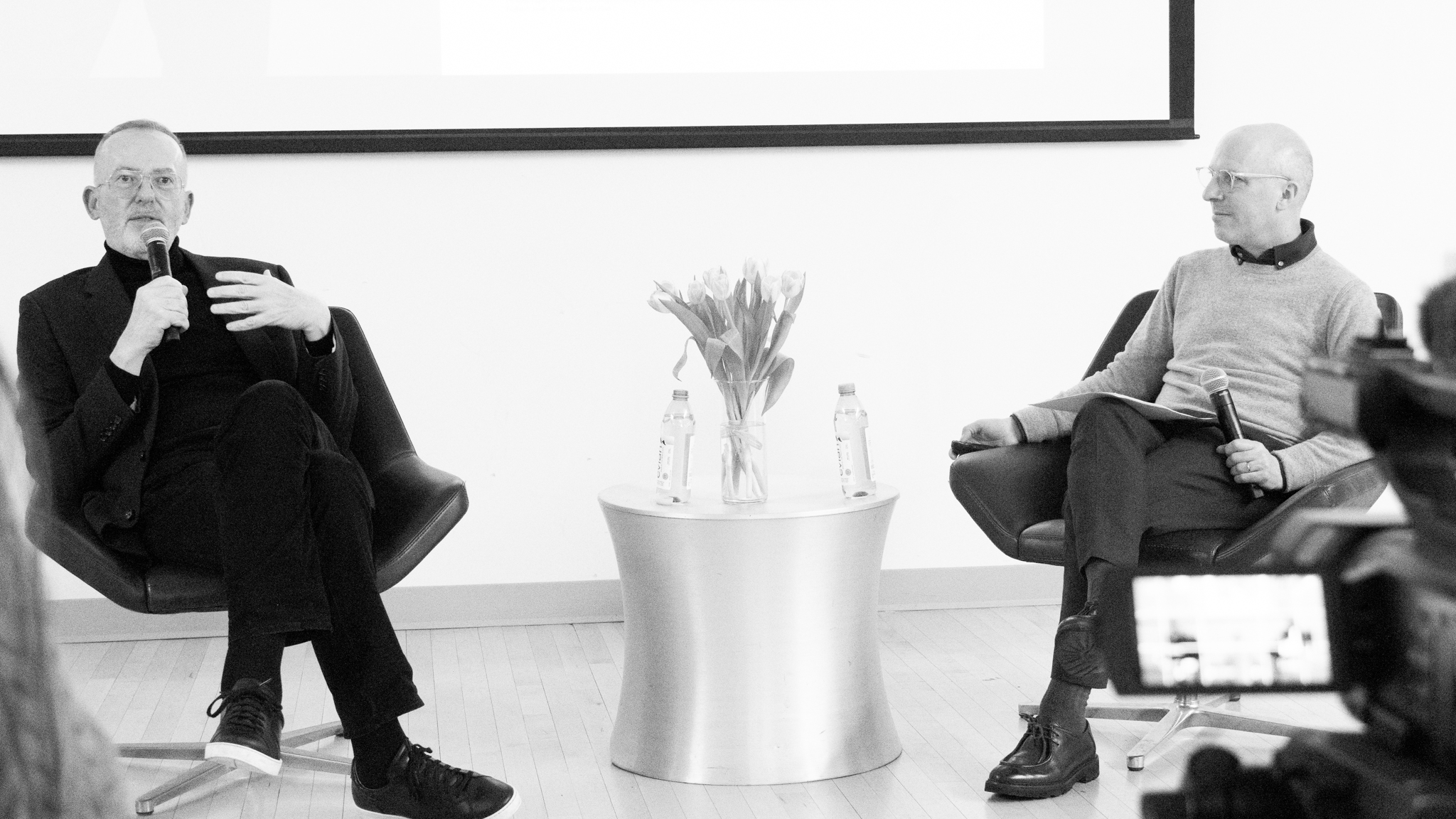
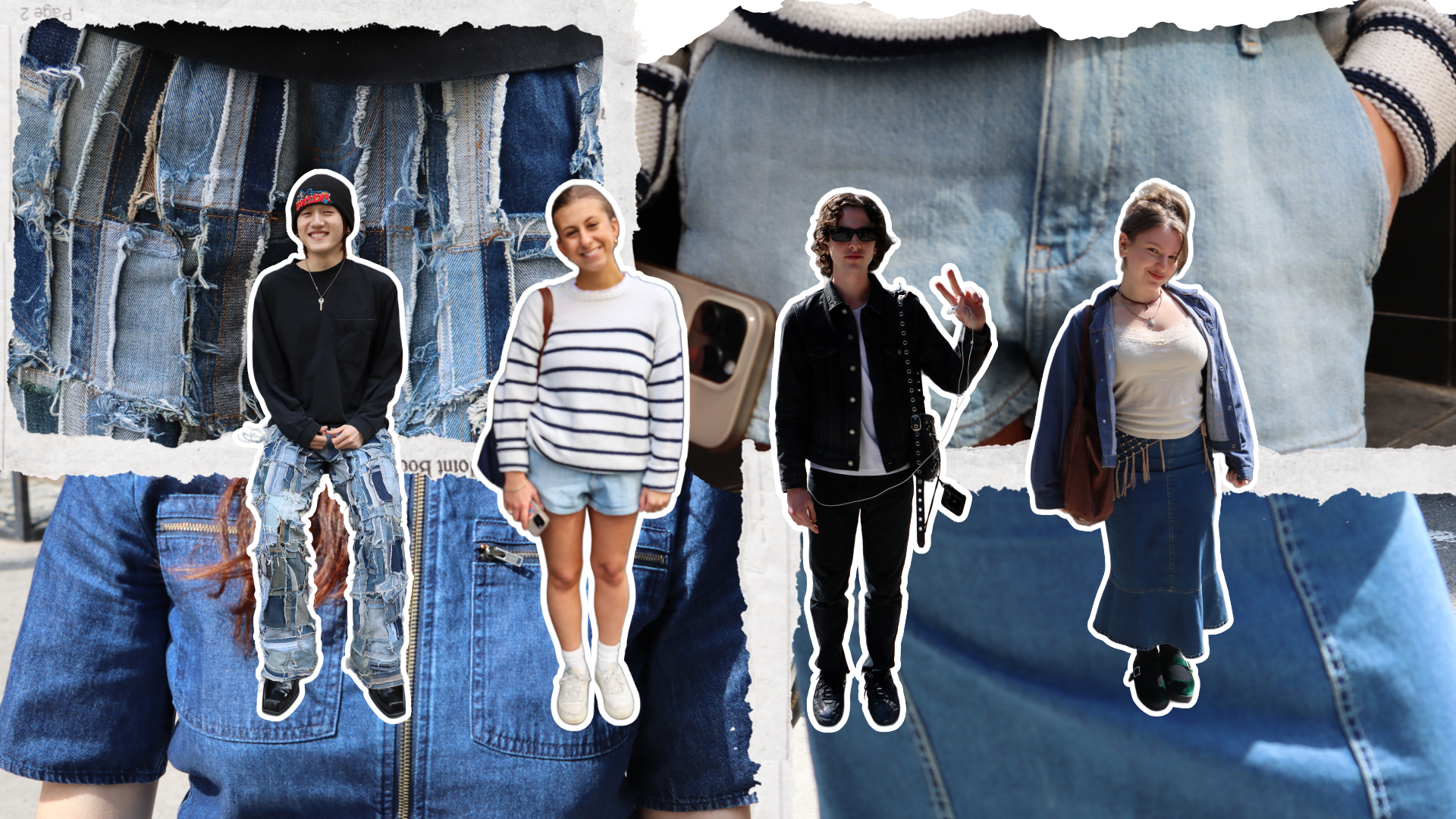
Leave a Reply